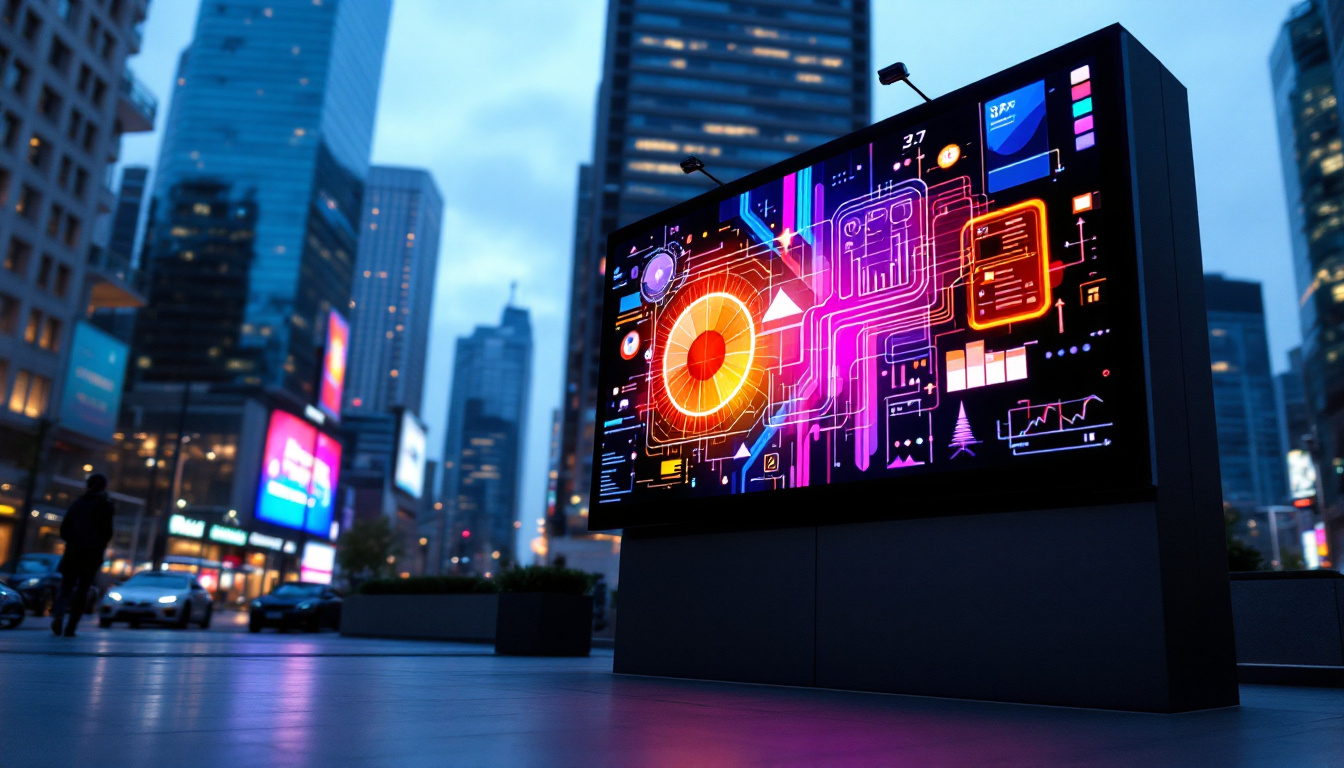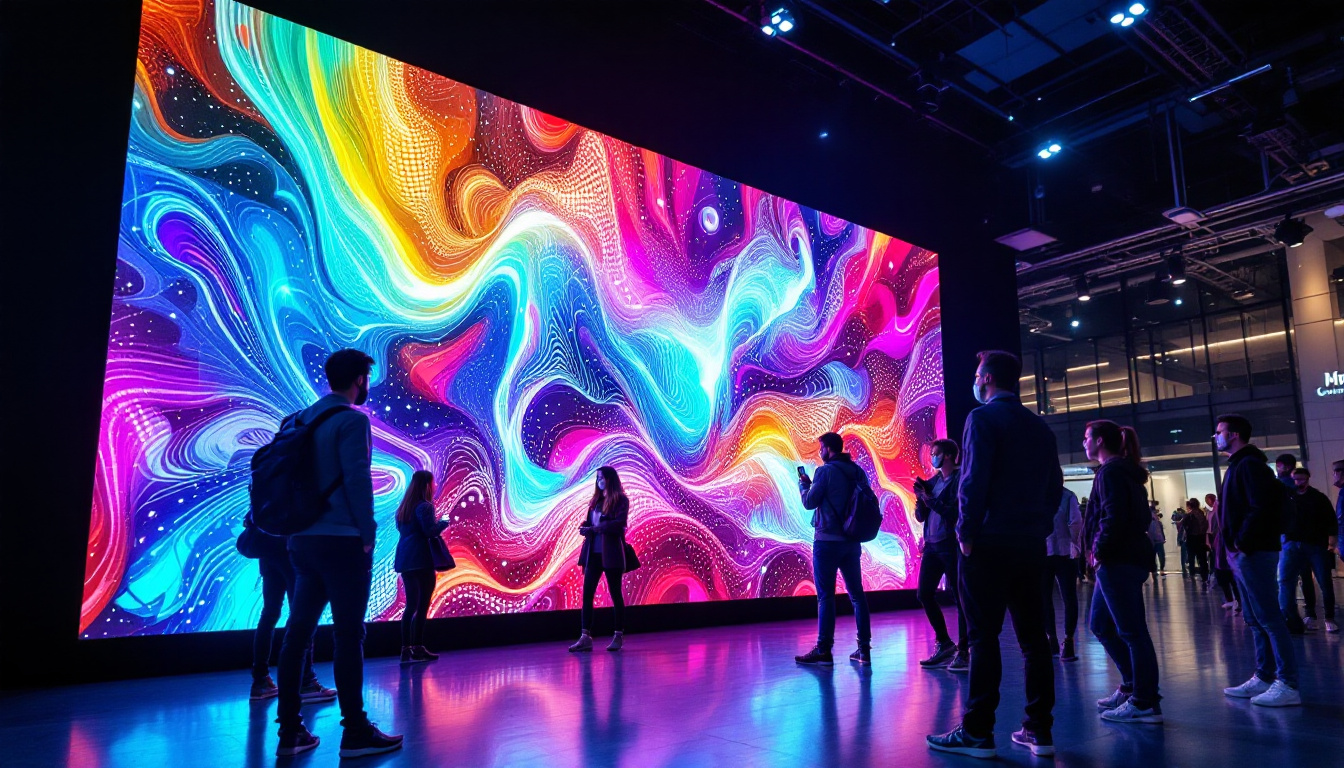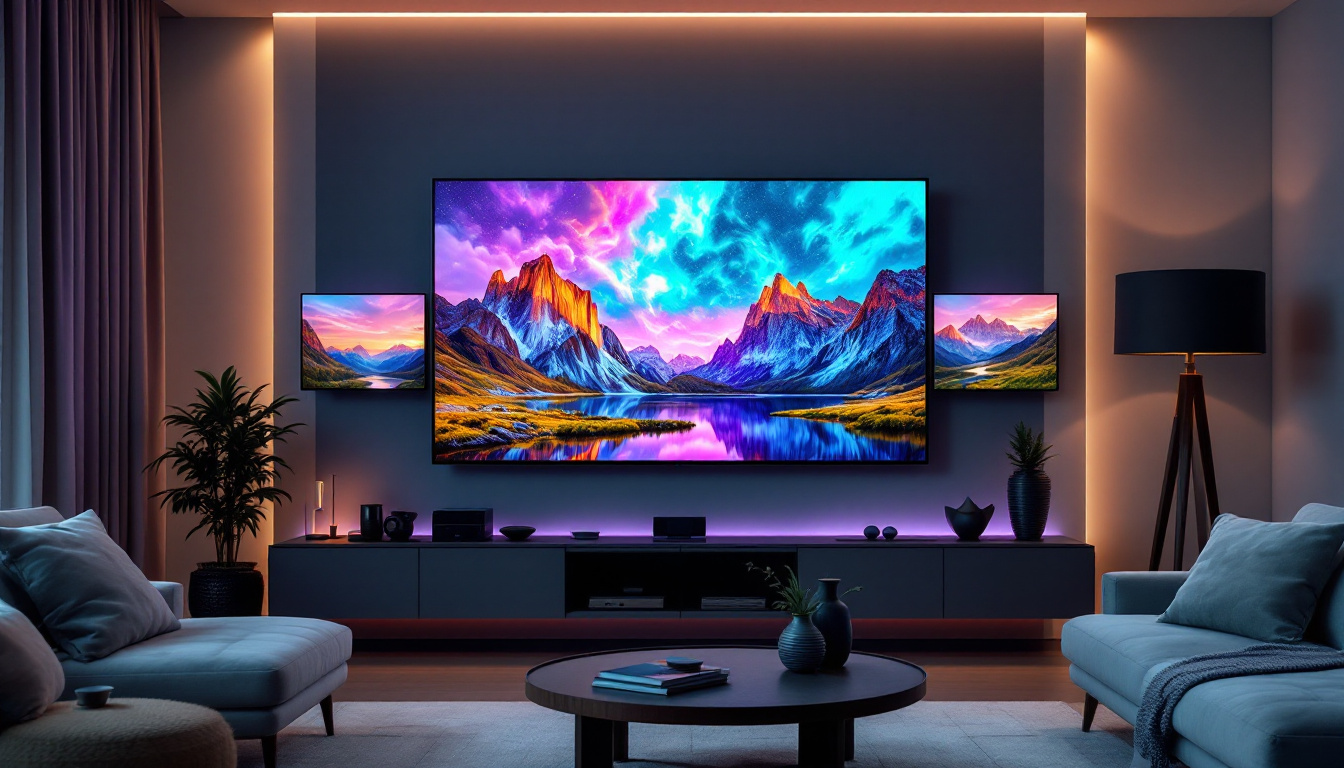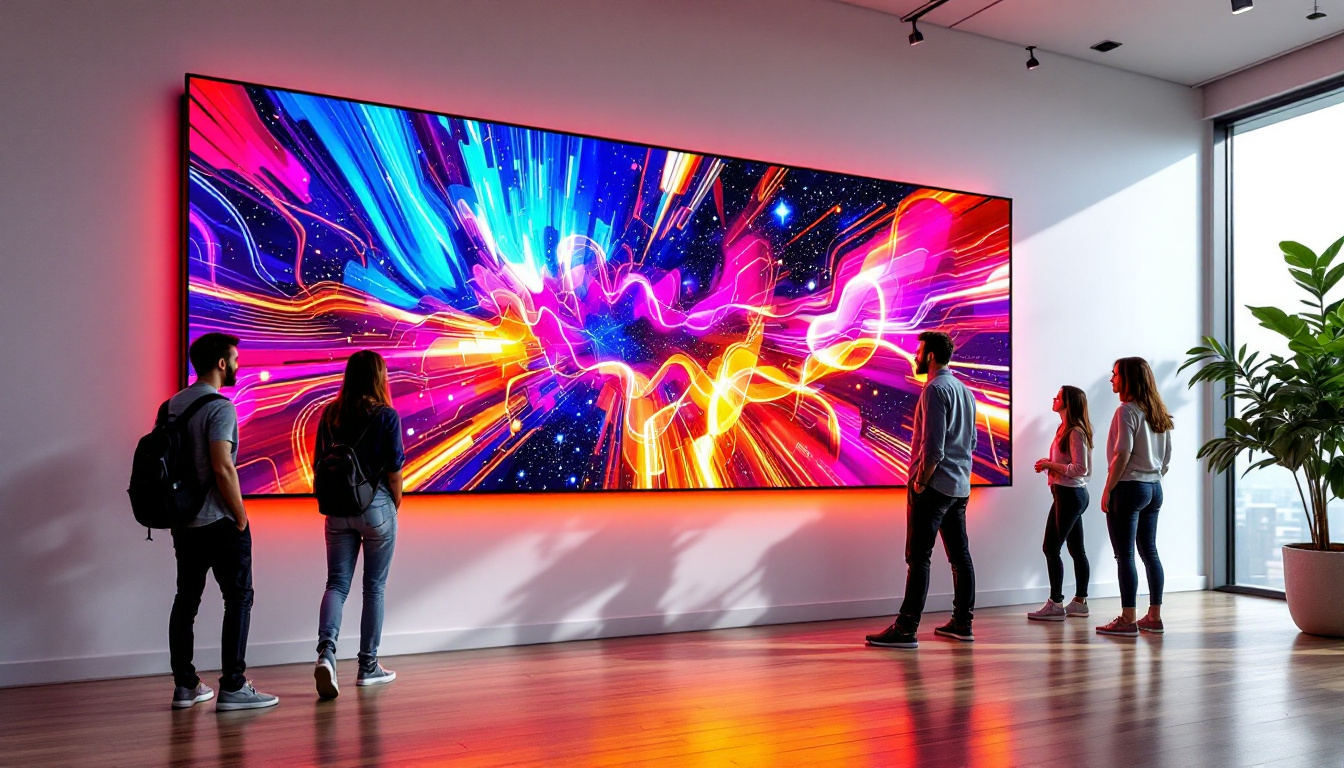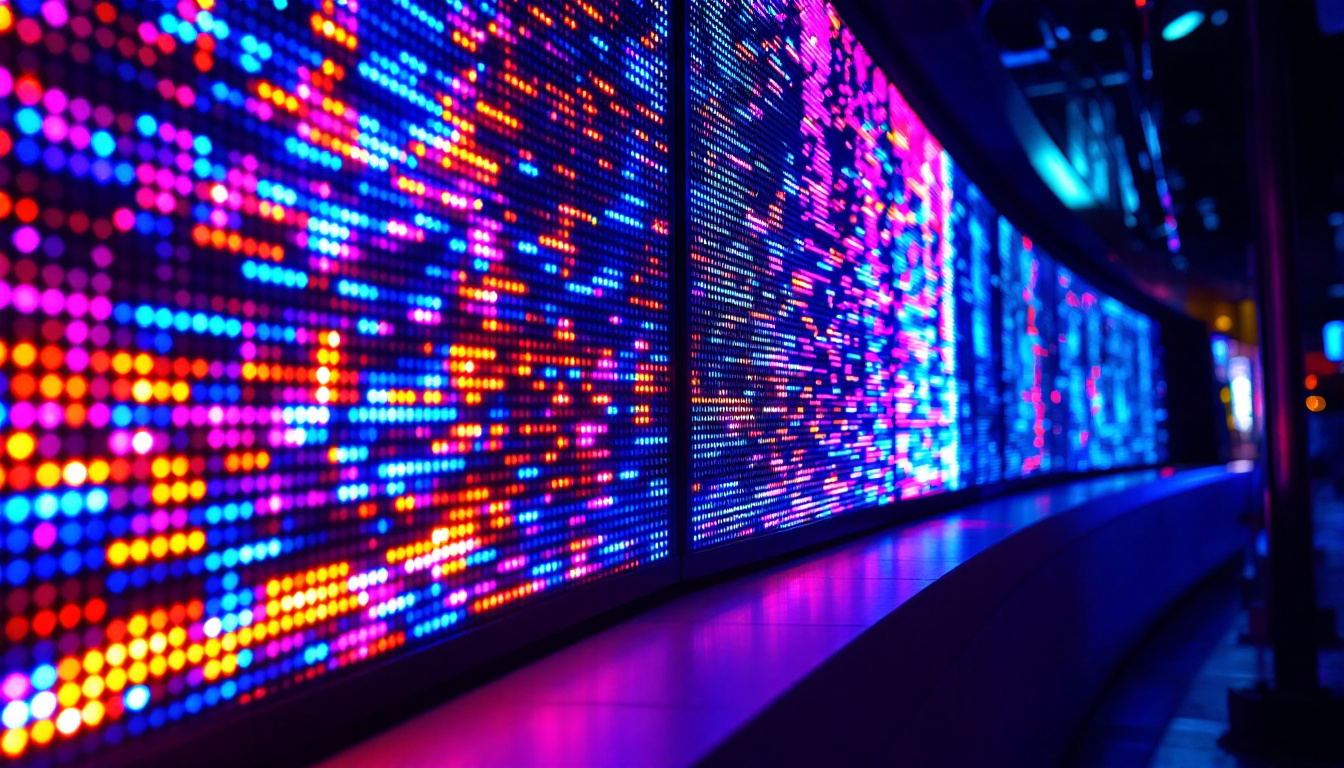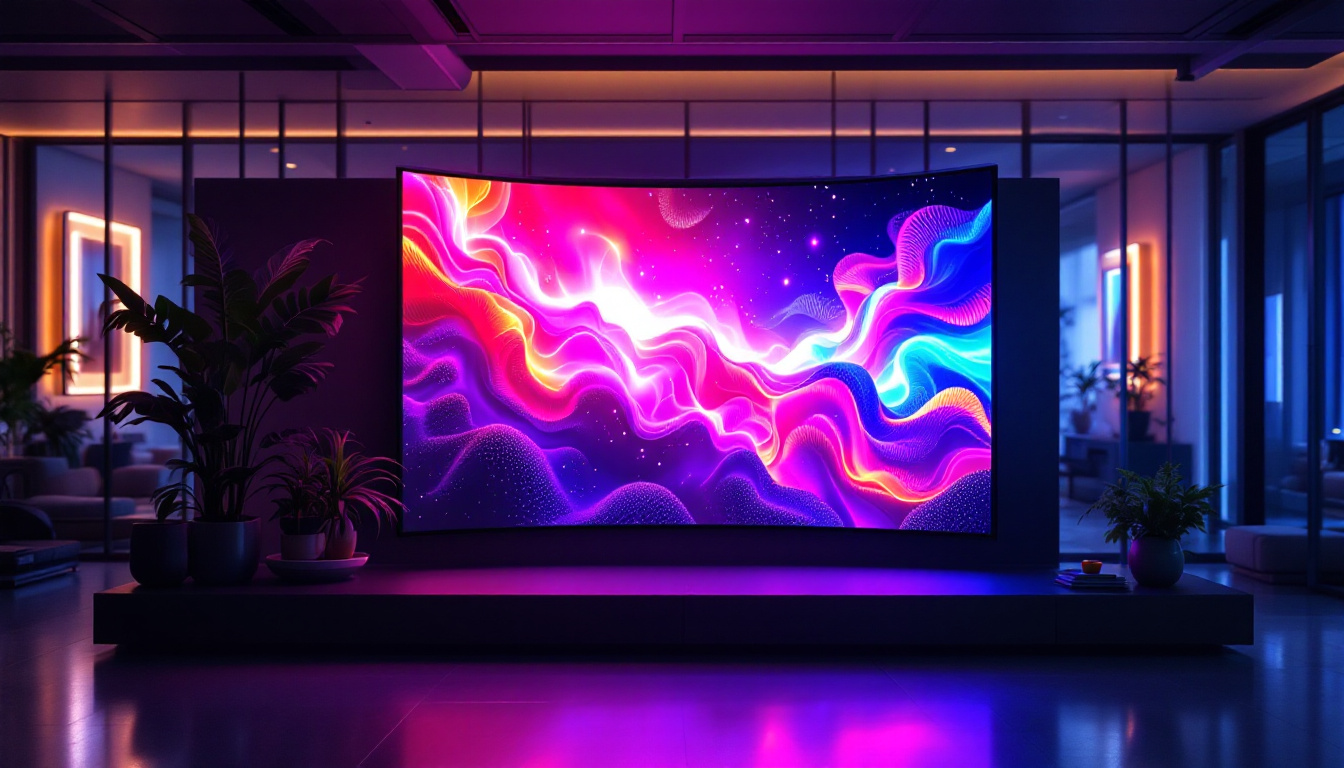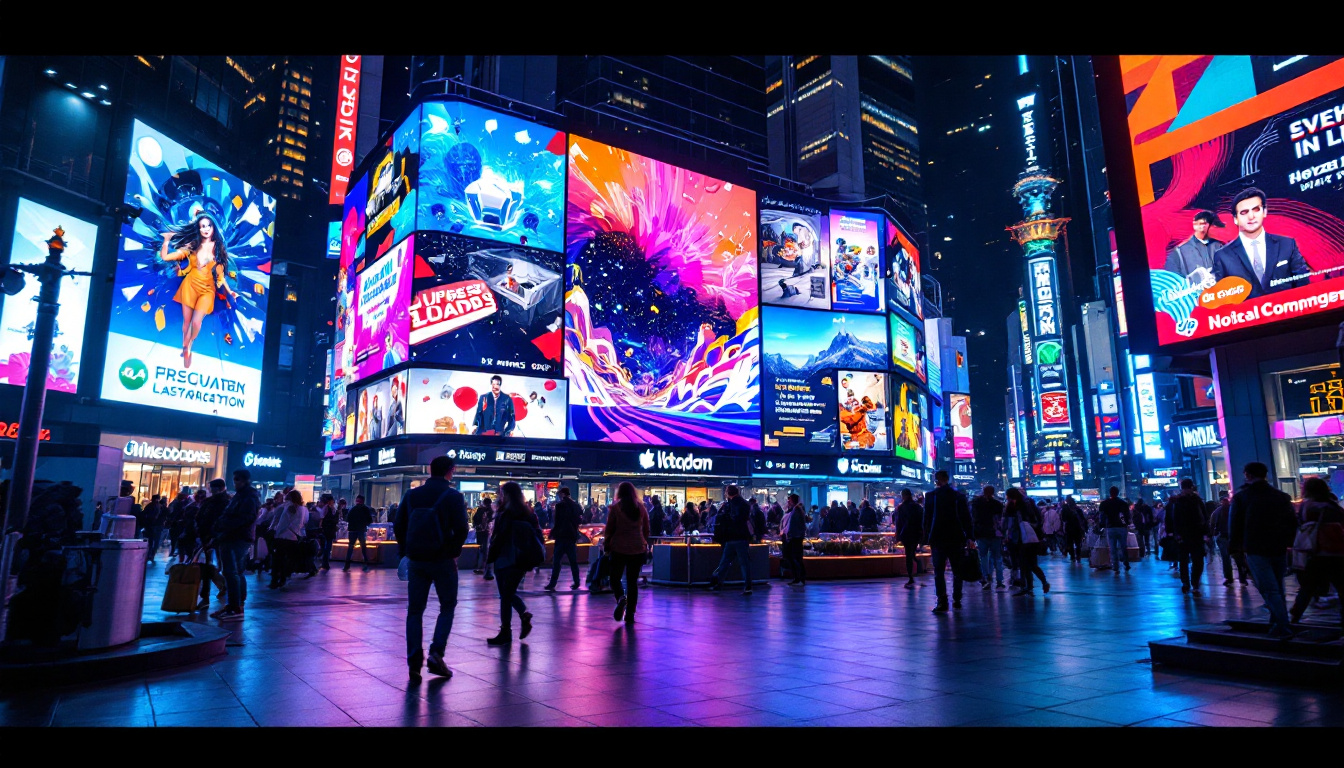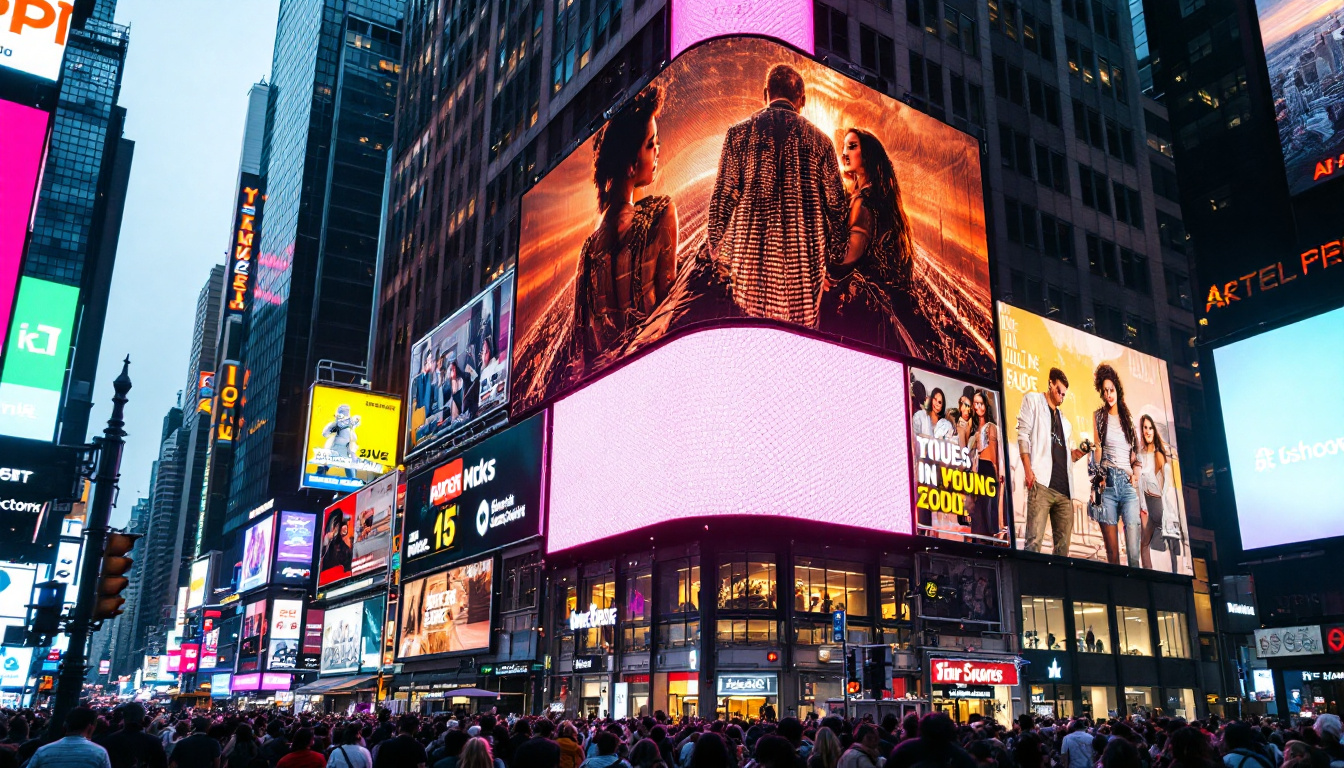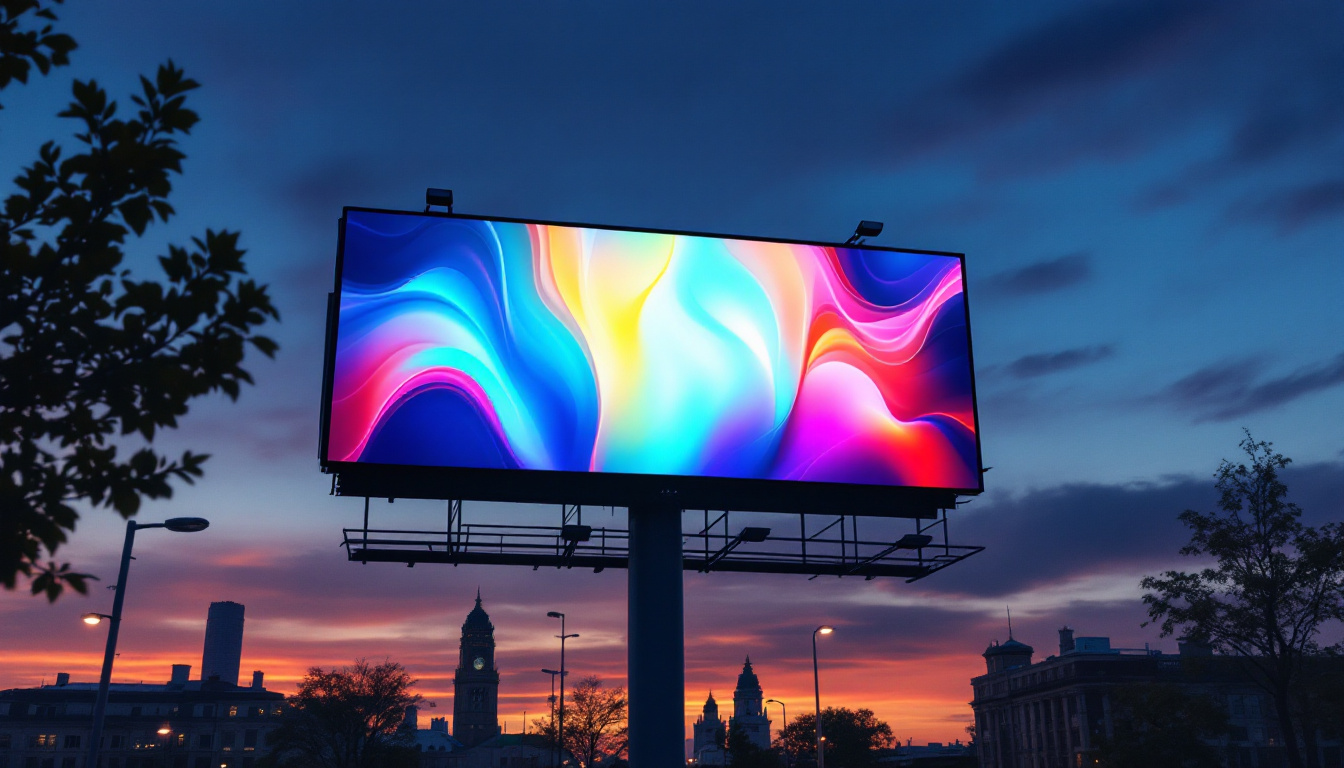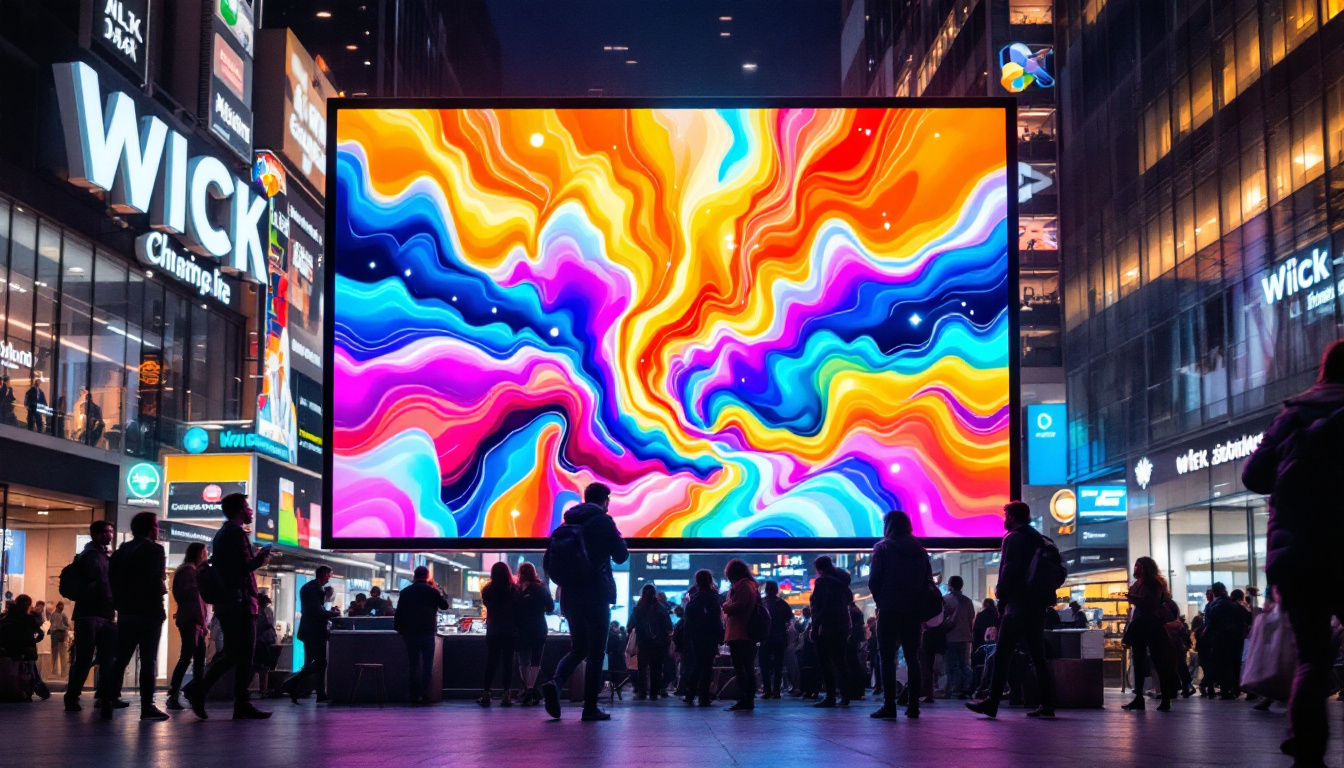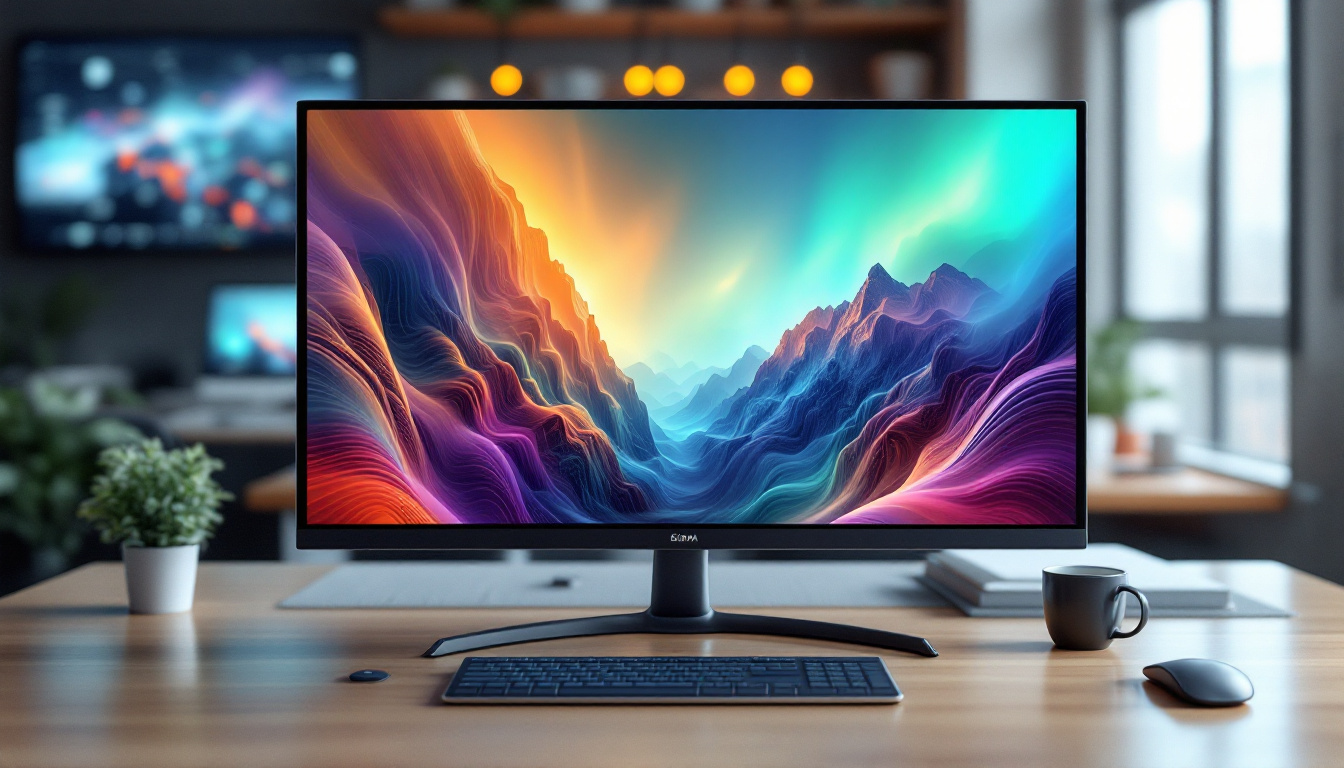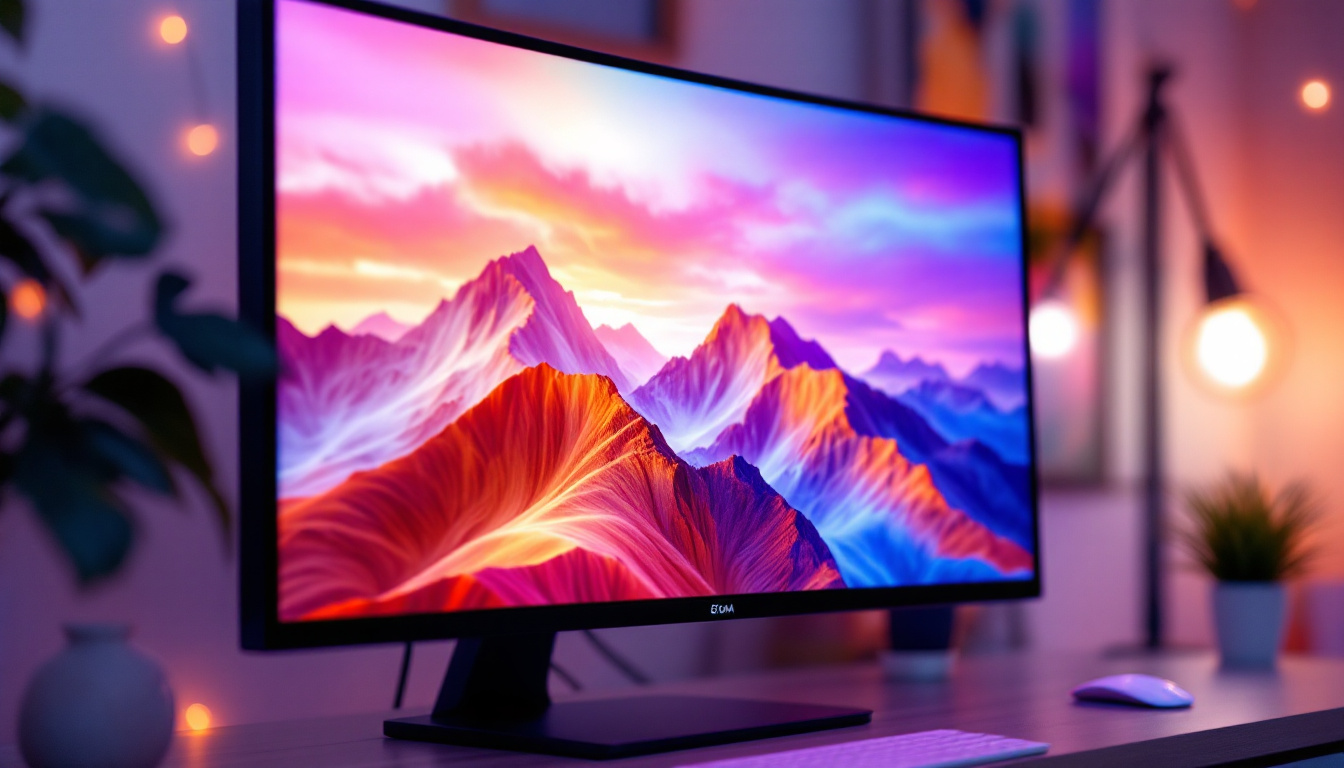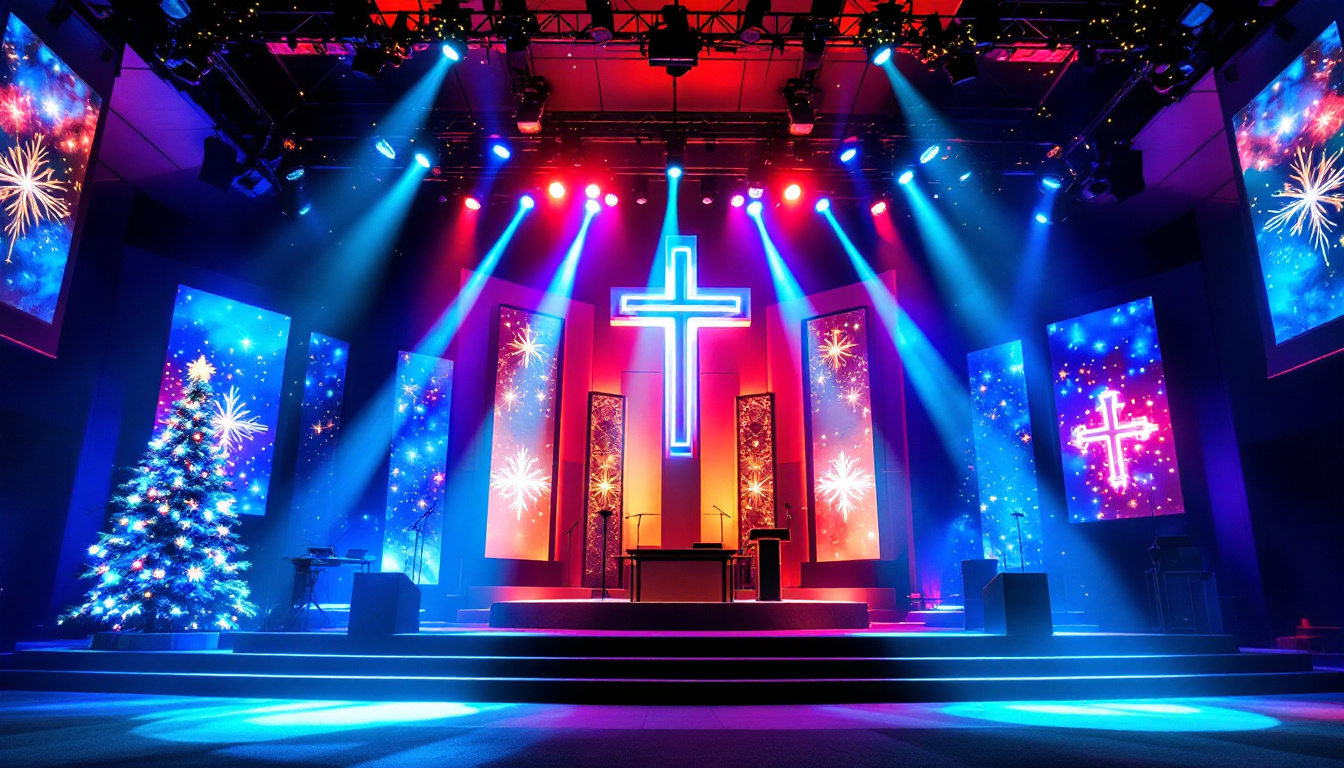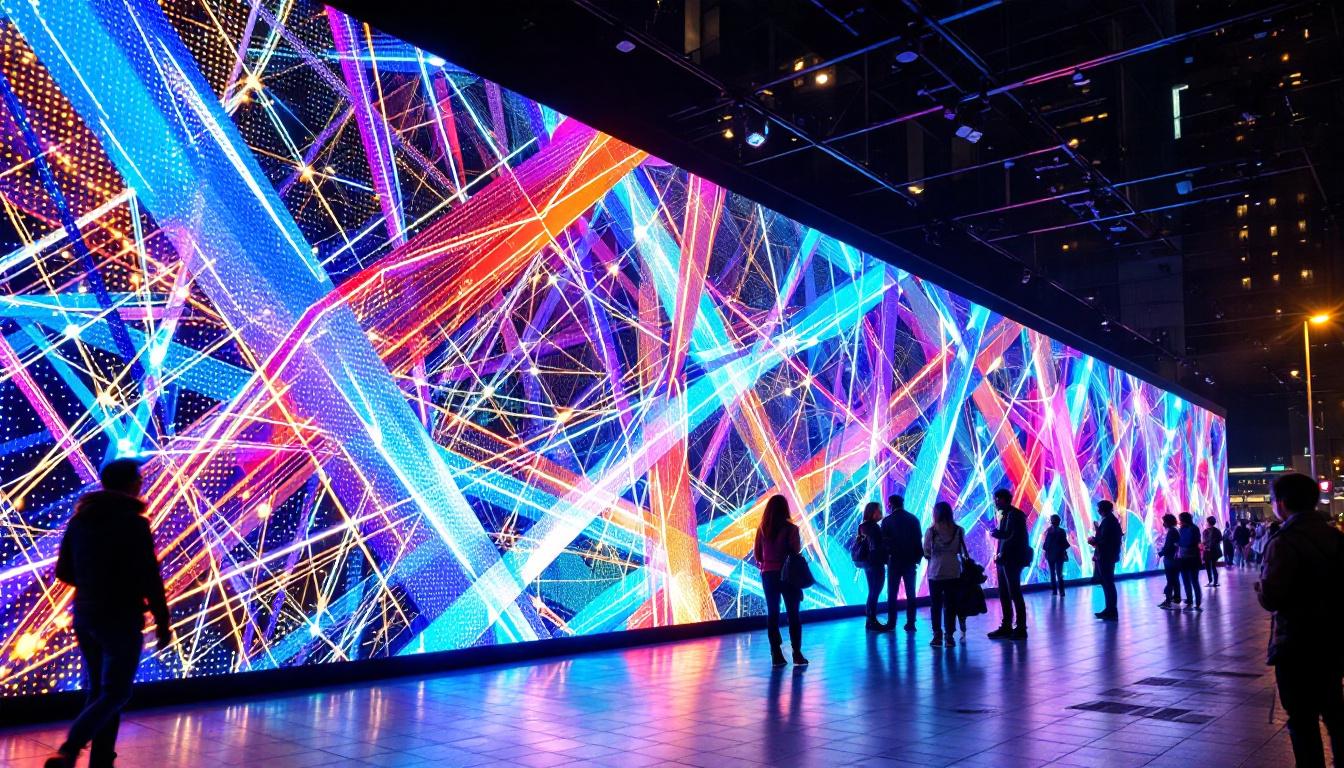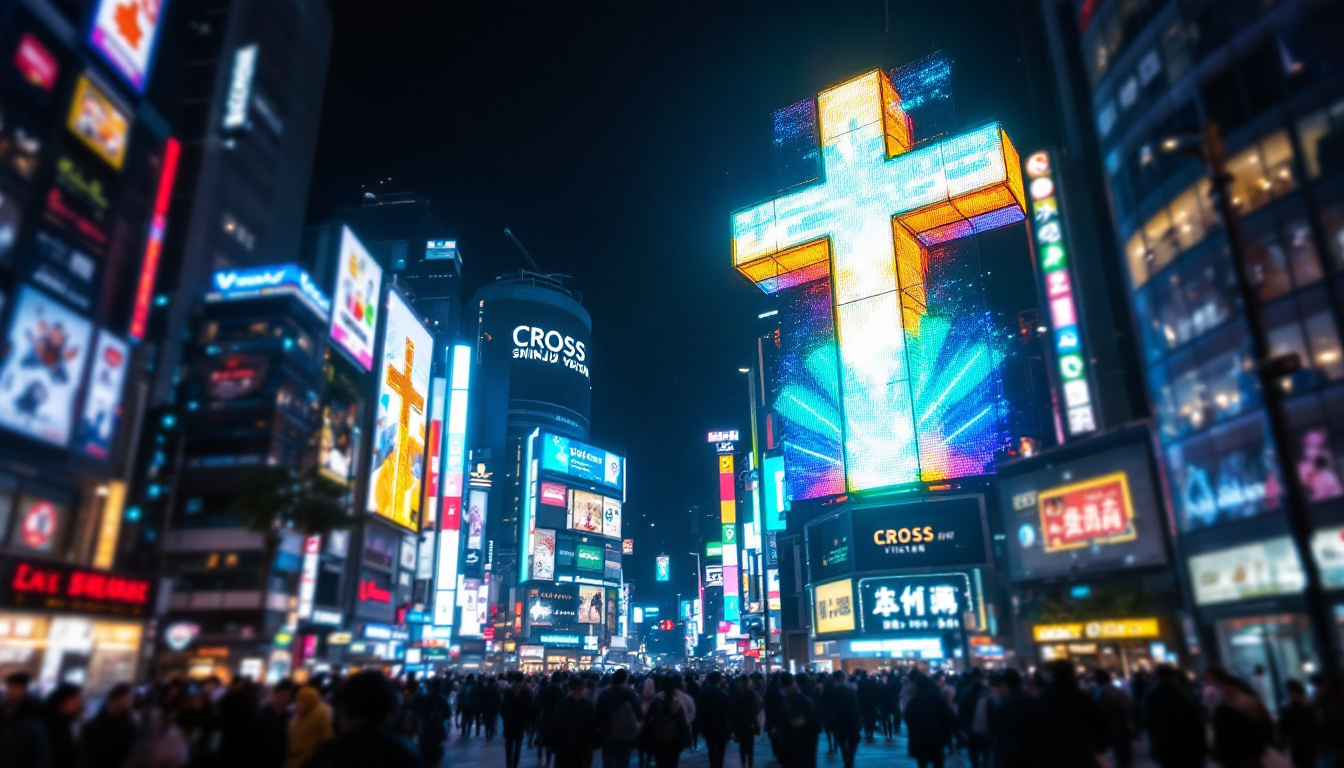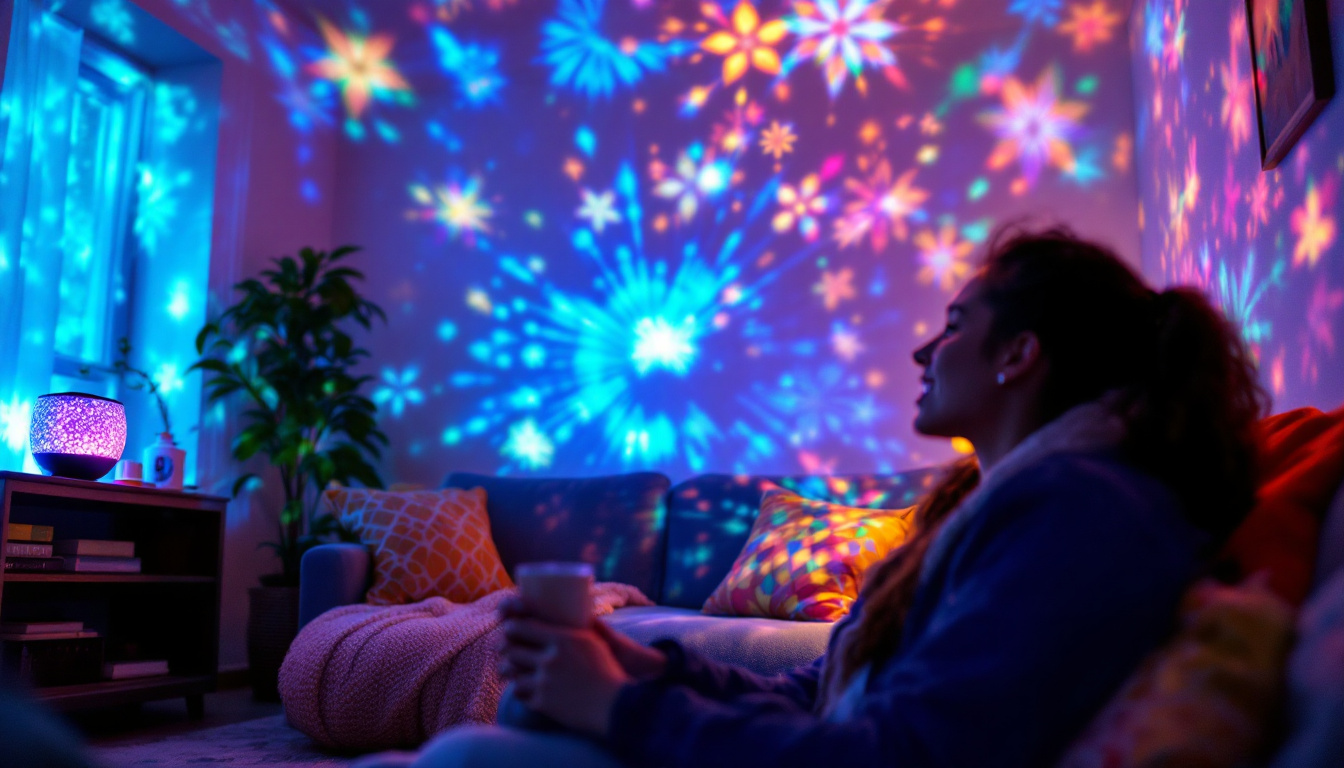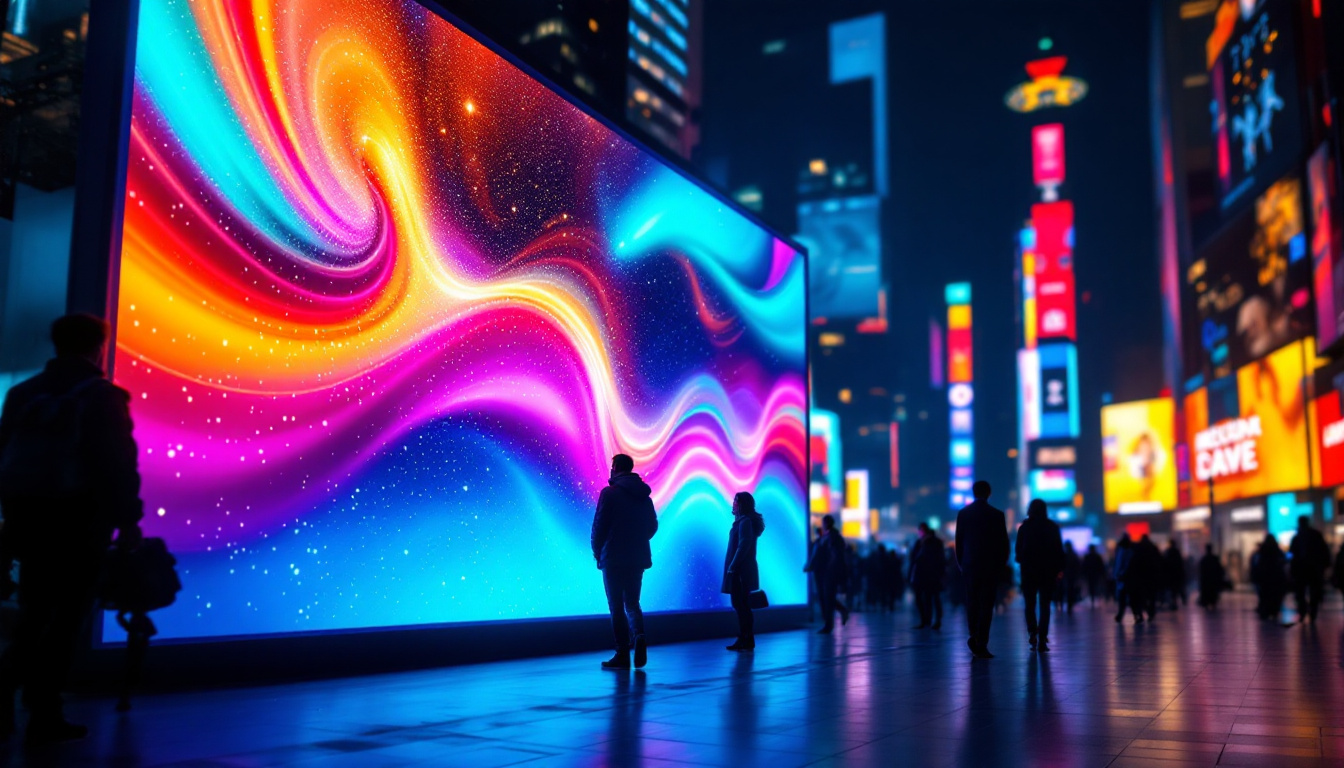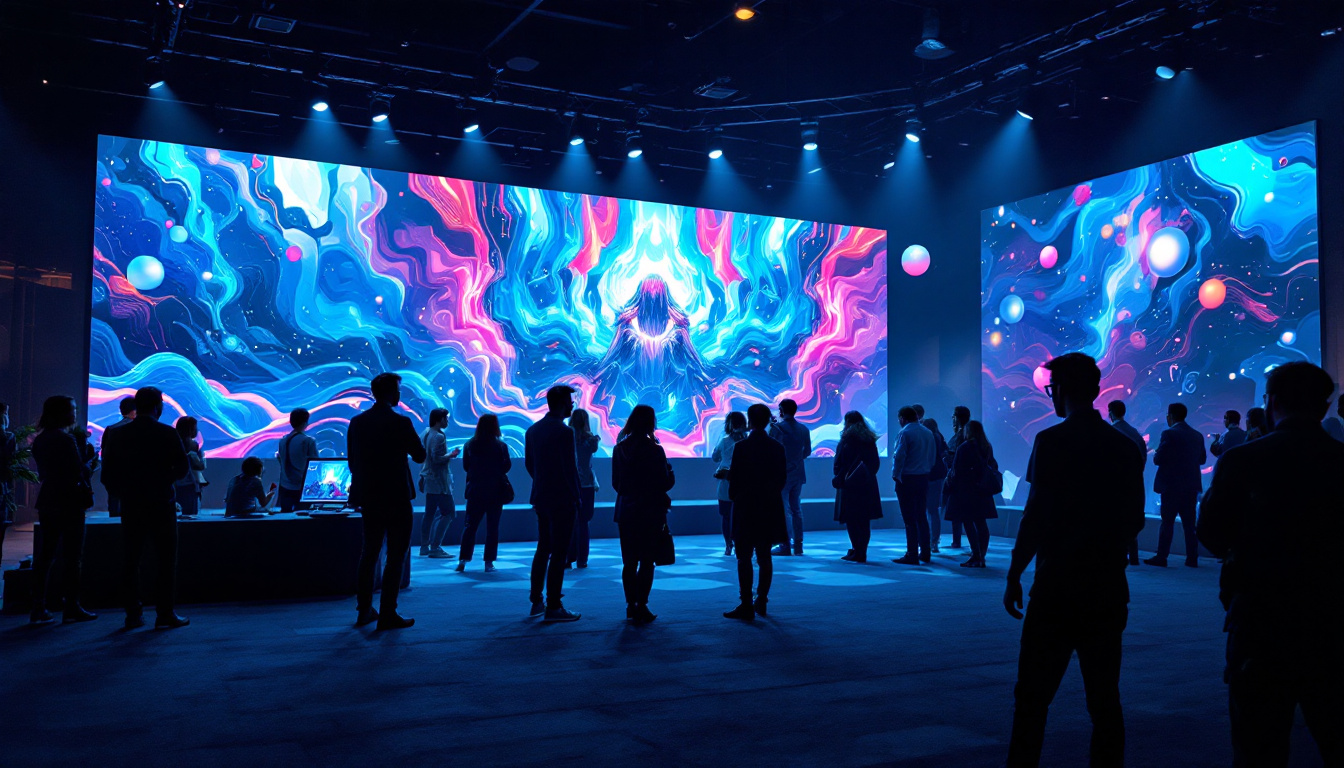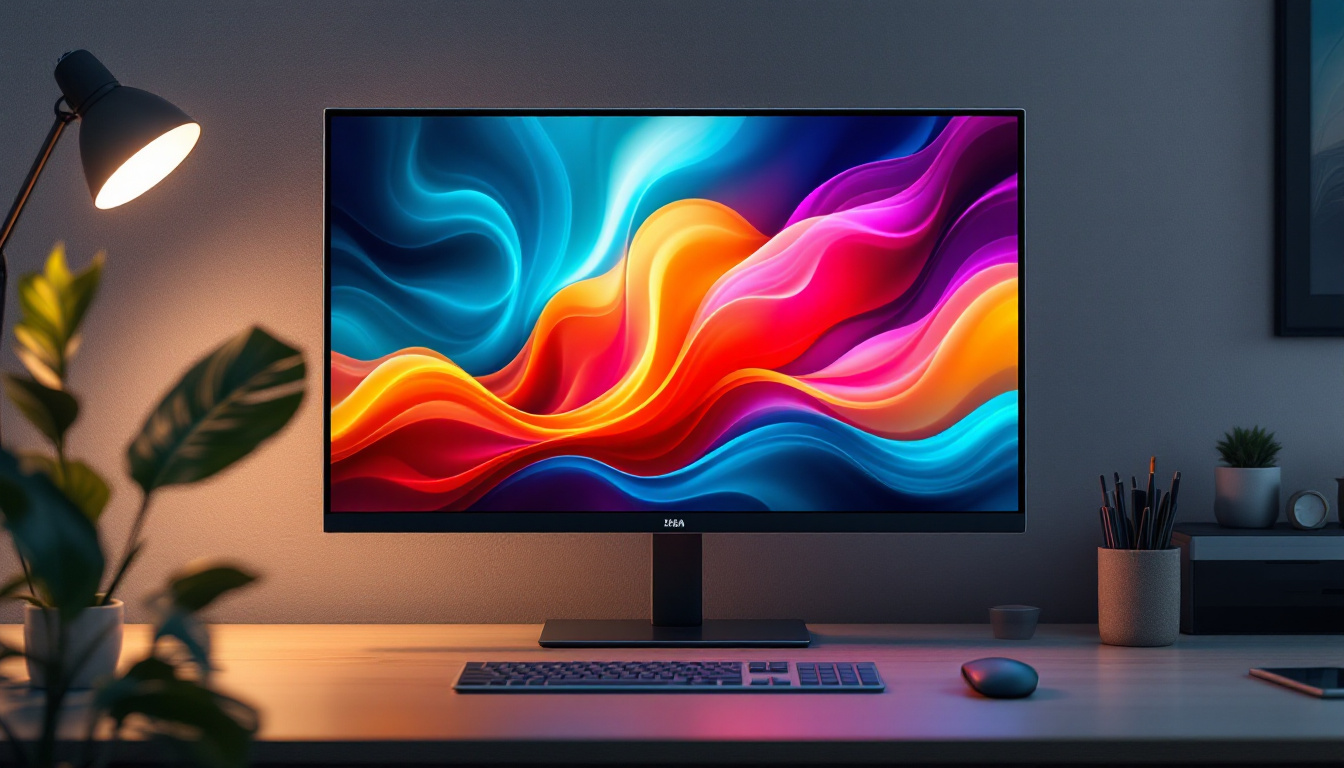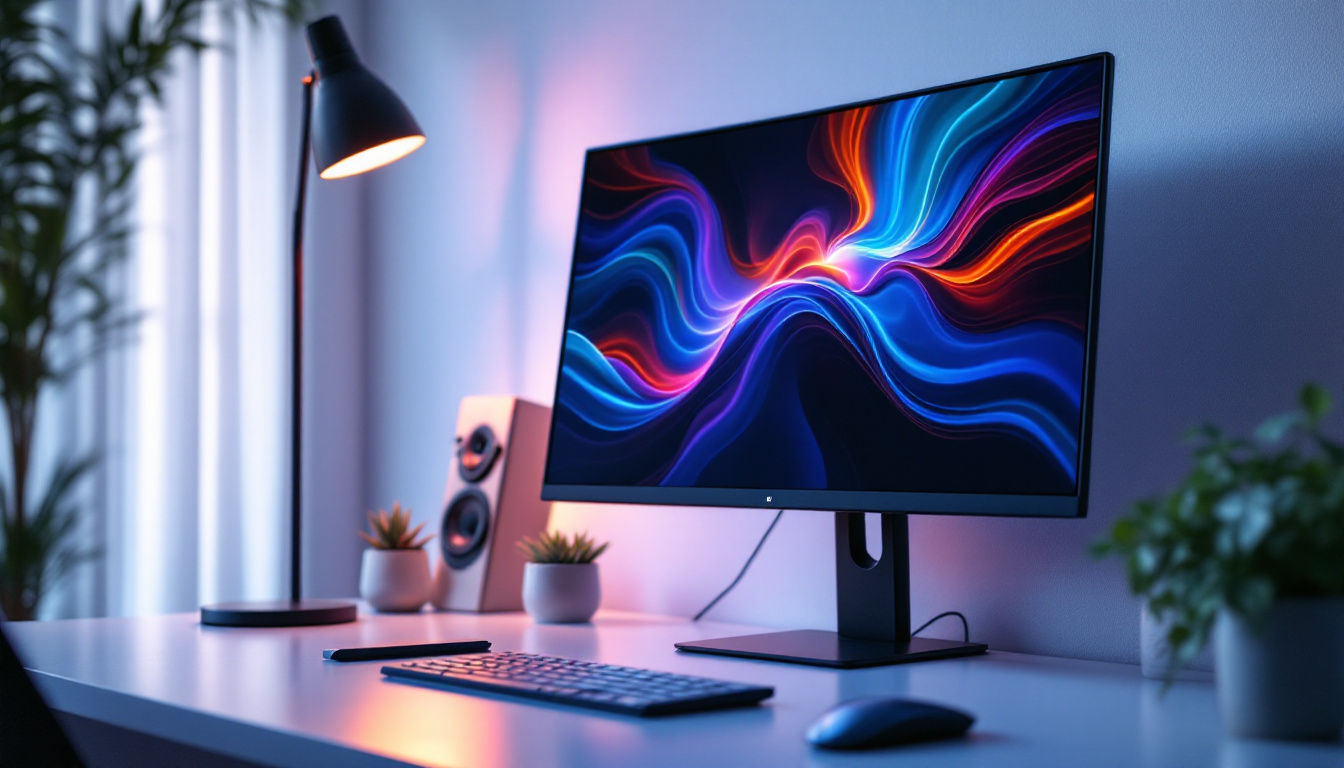In the modern world of visual communication, programmable LED screens have emerged as a powerful tool for businesses, advertisers, and event organizers. These dynamic displays are not only eye-catching but also versatile, allowing for a wide range of applications. This article delves into the intricacies of programmable LED screens, exploring their technology, benefits, and various uses.
Understanding LED Technology
Light Emitting Diodes (LEDs) are semiconductor devices that emit light when an electric current passes through them. The technology behind LEDs has evolved significantly, leading to the development of programmable LED screens that can display vibrant images and videos. This evolution has not only transformed the way we experience visual media but has also opened up new avenues for advertising, art, and communication in both public and private spaces.
As the demand for energy-efficient lighting solutions continues to rise, LEDs have become a popular choice for various applications, from residential lighting to large-scale commercial installations. Their longevity and low energy consumption make them an environmentally friendly alternative to traditional incandescent bulbs, further contributing to their widespread adoption in modern lighting design.
How LEDs Work
At the core of LED technology is the principle of electroluminescence. When electrons move through a semiconductor material, they release energy in the form of light. The color of the emitted light depends on the materials used in the semiconductor. By combining red, green, and blue (RGB) LEDs, a full spectrum of colors can be produced, enabling the display of complex images and videos. This RGB combination is the foundation of color mixing in LED displays, allowing for the creation of millions of different hues and shades, which enhances the visual experience for viewers.
Moreover, advancements in LED technology have led to the development of white LEDs, which utilize a combination of blue LEDs with phosphor coatings to produce a warm or cool white light. This innovation has made LEDs suitable for a variety of lighting applications, from home interiors to street lighting, further solidifying their role in modern illumination.
Types of LED Displays
There are several types of LED displays, each suited for different applications. The most common types include:
- Indoor LED Displays: These screens are designed for use in enclosed spaces and typically have a higher pixel density, resulting in sharper images. They are often used in venues such as theaters, conference rooms, and retail environments where high-quality visuals are essential.
- Outdoor LED Displays: Built to withstand the elements, outdoor displays are larger and more robust, often featuring lower pixel density to accommodate viewing from greater distances. These displays are commonly seen in stadiums, billboards, and public squares, where they can capture the attention of passersby with bright, dynamic content.
- Transparent LED Displays: These innovative screens allow light to pass through, making them ideal for storefronts and creative installations. By blending digital content with the physical environment, transparent displays can create immersive experiences that engage customers while maintaining visibility into the space behind the screen.
Additionally, there are flexible LED displays that can be bent or shaped to fit unique architectural designs, allowing for even more creativity in display solutions. These flexible options are particularly popular in art installations and modern advertising, where traditional rigid displays may not suffice. The versatility of LED technology continues to inspire new applications and innovations, pushing the boundaries of what is possible in visual communication.
The Benefits of Programmable LED Screens
Programmable LED screens offer a plethora of advantages over traditional static displays. Their flexibility and adaptability make them a preferred choice for many organizations.
Dynamic Content Management
One of the standout features of programmable LED screens is their ability to display dynamic content. Users can easily update messages, images, and videos remotely, ensuring that the information is always current and relevant. This capability is particularly beneficial for businesses that need to promote time-sensitive offers or events. For instance, a retail store can showcase flash sales or new arrivals in real-time, capturing the attention of passersby and driving foot traffic into the store. Additionally, the ability to schedule content allows for strategic marketing campaigns, where messages can be tailored to specific times of the day or week, maximizing impact.
Cost-Effectiveness
While the initial investment in programmable LED technology may be higher than traditional signage, the long-term savings can be substantial. With the ability to change content without the need for physical materials, businesses can reduce printing and installation costs. Furthermore, LED screens are energy-efficient, leading to lower electricity bills. Over time, the reduction in maintenance and replacement costs, coupled with the increased effectiveness of digital advertising, can lead to a significant return on investment. Organizations can also benefit from the longevity of LED technology, which typically lasts much longer than traditional lighting solutions, further enhancing cost-effectiveness.
Enhanced Visibility and Engagement
Programmable LED screens are designed to grab attention. Their bright, vibrant displays are easily visible even in direct sunlight, making them ideal for outdoor advertising. Engaging content can significantly increase viewer interaction, encouraging customers to take action, whether it’s visiting a store or attending an event. Moreover, the use of animations and video can create a more immersive experience, captivating audiences and leaving a lasting impression. This level of engagement is particularly valuable in crowded environments, such as shopping malls or busy streets, where standing out is crucial for attracting potential customers. Additionally, the interactivity features of some LED screens, such as touch capabilities or integration with social media, can further enhance user engagement, making the advertising experience more personalized and memorable.
Applications of Programmable LED Screens
The versatility of programmable LED screens allows them to be utilized in various sectors. Here are some of the most common applications:
Advertising and Marketing
In the realm of advertising, programmable LED screens have revolutionized how brands communicate with consumers. From digital billboards to in-store displays, these screens can showcase advertisements that change throughout the day, targeting different demographics and maximizing impact.
Events and Entertainment
Events such as concerts, festivals, and corporate gatherings often utilize programmable LED screens to enhance the experience. These displays can be used for live feeds, promotional videos, and interactive content, creating a more immersive environment for attendees.
Transportation and Wayfinding
Airports, train stations, and public transit systems are increasingly adopting programmable LED screens for information dissemination. These screens provide real-time updates on schedules, delays, and directions, helping passengers navigate their journeys with ease.
Choosing the Right Programmable LED Screen
Selecting the appropriate programmable LED screen for a specific application involves several considerations. Understanding the needs of the business and the environment in which the screen will be used is crucial.
Pixel Pitch and Resolution
Pixel pitch refers to the distance between the center of one pixel to the center of the adjacent pixel. A smaller pixel pitch results in higher resolution and sharper images, making it ideal for indoor displays where viewers are closer. Conversely, outdoor displays can have a larger pixel pitch, as they are typically viewed from a greater distance.
Brightness and Visibility
Brightness is another critical factor to consider, especially for outdoor installations. Measured in nits, the brightness level should be sufficient to ensure visibility in various lighting conditions. A higher brightness level is essential for outdoor screens to compete with sunlight.
Durability and Weather Resistance
For outdoor applications, the durability of the screen is paramount. Programmable LED screens should be weather-resistant, capable of withstanding rain, wind, and extreme temperatures. Look for displays with an IP rating that indicates their resistance to dust and moisture.
Installation and Maintenance
Proper installation and maintenance of programmable LED screens are vital to ensure their longevity and performance.
Installation Considerations
Installing a programmable LED screen requires careful planning. Factors such as location, mounting options, and power supply need to be addressed. It is advisable to work with professionals who specialize in LED installations to ensure that the screen is set up correctly and safely.
Regular Maintenance
To keep a programmable LED screen functioning optimally, regular maintenance is essential. This includes cleaning the screen to prevent dust buildup, checking connections, and ensuring that the software is up to date. Many manufacturers offer maintenance packages to assist with these tasks.
The Future of Programmable LED Screens
The future of programmable LED screens looks promising, with advancements in technology continually enhancing their capabilities. Emerging trends include:
Integration with Smart Technology
As smart technology becomes more prevalent, programmable LED screens are expected to integrate seamlessly with other digital platforms. This integration will allow for more sophisticated content management, targeting specific audiences based on real-time data.
Interactive Displays
Interactive programmable LED screens are gaining traction, allowing users to engage directly with the content. Touch-sensitive screens and augmented reality features can create immersive experiences, particularly in retail and entertainment sectors.
Sustainability Initiatives
With growing concerns about environmental impact, manufacturers are focusing on creating more sustainable LED displays. This includes using recyclable materials, reducing energy consumption, and implementing eco-friendly production processes.
Conclusion
Programmable LED screens have transformed the landscape of visual communication, offering unprecedented flexibility and engagement. Their ability to display dynamic content makes them an invaluable asset across various industries. As technology continues to evolve, the potential applications and benefits of programmable LED screens will only expand, paving the way for a more interactive and visually captivating future.
Investing in a programmable LED screen can provide businesses with a competitive edge, enhancing their visibility and communication strategies. With careful consideration of factors such as pixel pitch, brightness, and installation, organizations can harness the full potential of this innovative technology.
Discover Cutting-Edge LED Displays with LumenMatrix
Ready to elevate your visual communication strategy with the latest in LED display technology? Look no further than LumenMatrix, a pioneer in crafting immersive and dynamic visual experiences. From the vibrant Indoor LED Wall Display to the robust Outdoor LED Wall Display, and from the versatile Vehicle LED Display to the innovative Transparent LED Display, LumenMatrix offers a comprehensive range of solutions tailored to your needs. Embrace the future of engagement with our Custom LED Displays, All-in-One LED Displays, and more. Check out LumenMatrix LED Display Solutions today and transform your space into a captivating visual journey.

